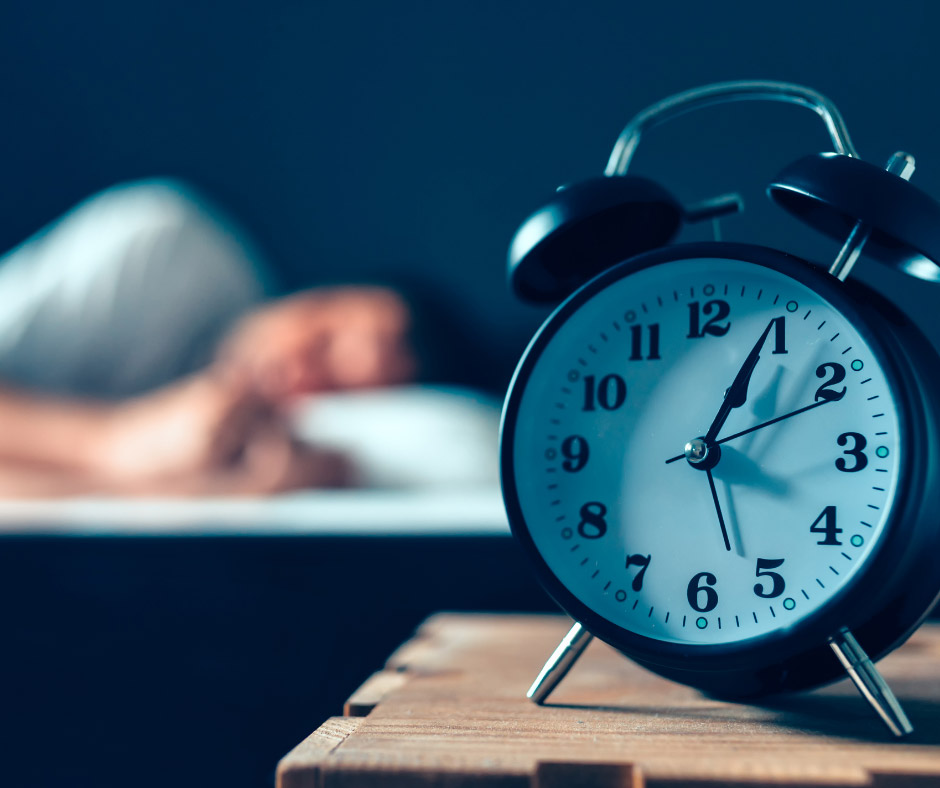Gardening Tips to Prevent Pain

This is indeed the time of year when gardeners everywhere rush out to their gardens with gusto – and with little thought as to whether they are bodily prepared for the exercise which they are about to do.
So here are some handy gardening tips which may help you prevent any injuries whilst out in the garden this spring.
Minimising Discomfort When Driving

It’s a well-known fact that driving can cause or aggravate pain. Below are some of the seat positioning and pain management strategies that can help to reduce and manage discomfort when driving.
Christmas Tips

Christmas is fast approaching! Which can mean extra stress levels, especially at the weekends when we try and cram in the Christmas shopping and subject ourselves to carrying those gift-laden shopping bags through the crowds. Add to this the extra pressure of cleaning the house, the food preparation and cooking for your friends and family when they come and visit. Plus there is always that trip into the attic to get the Christmas decorations and the tree down! Although the preparations are fun, there is always so much on the Christmas to do list as you get ready for the big day! But beware this can add extra twists and strains on your back – so here are some tips for having a pain free Christmas!
A Good Night’s Sleep

Getting a good night’s sleep is incredibly important for your overall health. It’s a period of time when the body restores itself physically, and organisation occurs in our brain. Research has shown that a person’s ability to concentrate, use creative thinking, make sound decisions, and form memories can all be negatively impacted by poor sleep.
Pelvic Imbalance

Very often in our clinics, we see people come in with pelvic asymmetry or imbalance. This can cause or aggravate any number of injuries and problems throughout the body. Why does this happen? Well, the most obvious answer is that the pelvis is a supportive structure, and when it’s restricted, the ability to provide that support can be significantly reduced. The pelvis helps with the movement of your legs and torso, whilst stabilising all your lower abdominal and pelvic organs; therefore playing a major role in fluid circulation. When the pelvis isn’t moving well, those areas are typically some of the first to be affected.
Lower Cross Syndrome

Joint movement is achieved by muscle contraction. However, what happens when this well-orchestrated biomechanical machine lacks synchronisation? The answer? Lower cross syndrome.
What is Scheuermann’s Disease?

Scheuermann’s disease (otherwise known as Scheuermann’s Kyphosis) is not as scary as it may sound, and it should not be mistaken for a disease you can catch like the common cold or the flu.
What Is It?
Scheuermann’s is a spine defect where three or more consecutive upper back segments present with 5 degrees or more of anterior (front) wedging- this makes the person seem more hunched. Scheuermann’s disease is a common condition seen in young adults (12-16-year old’s) and is usually disregarded as poor posture. Unlike lazier counterparts, those diagnosed with Scheuermann’s disease are unable to completely correct their slouch, which results in their body compensating for this through their lower back and neck.
Whiplash: Signs and Symptoms

Whiplash is commonly caused by motor-vehicle accidents or sporting crashes (snowboarding, skating, bike riding) and can be a literal pain in the neck. Whilst whiplash is descriptive of an acute injury there are also many associated implications that can result, known as whiplash associated disorders (WAD) including motor, sensory, neurological, and psychological impairments.
Pandemic Posture

Hey readers, it’s your favourite osteos checking in to see how you are going! It has been, and continues to be, uncertain times for many of us as the virus pandemic continues to sweep across the globe. Lockdown has meant many of us have had to batten down the hatches and re-discover what it means to be ‘at home’. We ask you the question “how is your body being affected by your pandemic posture?”
Let us take you on a scan of the body, focus on some potentially problematic areas, and give you some advice to avoid any long-term issues.
Home Office Set-Up Improvements

It is very unsettling times currently and a lot of people who are lucky to still have their jobs are even luckier if they can work from home. But is your home office set-up optimal for you body, posture and concentration levels?
Having an ideal desk set-up is hard enough at times without the sudden shift in location due to this pandemic. However, having the right set-up can release pressure from sore shoulders and necks that are already under strain from our heightened levels of stress. Not only can poor ergonomics (work place design/equipment) cause new issues, it can make chronic issues like lower back pain from things such as injury, trauma or osteoarthritis more severe due to this added postural stress and strain.
Sit-Stand Desks: The Pros and Cons

Should I get a sit-stand desk?
Well, it depends.
The average worker can spend up to 75% of their day in a sitting or reclining posture.
Increased sedentary postures can increase the risk of developing musculoskeletal disorders and chronic diseases such as heart disease, type 2 diabetes and obesity.
Ten Tips for Back Care
Back pain affects 80% of the population at some time in their life. Here are ten tips on how to avoid hurting your back.
